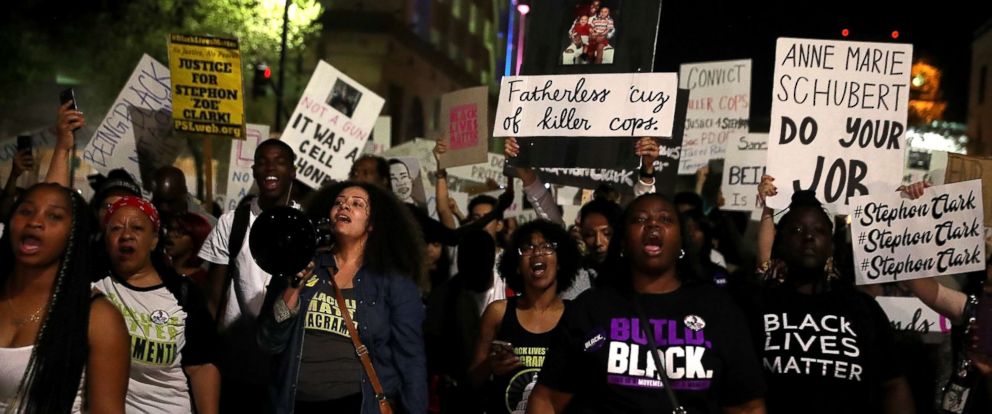What if justice was viewed not as a matter of treating women equal to men or Blackness as equal to whiteness, but treating Black women equivalent to Black men, white women, and white men? In a 2017 lecture posted online by Women’s Funding Network, legal scholar Kimberlé Crenshaw gave a talk on intersectionality, a term she coined in 1989. The conference, sponsored by JP Morgan Chase, advertises itself as having a focus on “Re-shaping philanthropy, redefining investment.”
The relevance of intersectionality quickly becomes clear as she discusses how a major donor to her think tank told Crenshaw that she was looking to lessen her contribution in order to fund work in another direction. Leaning forward, she imitates this donor’s behavior, widening her eyes and declaring that she wanted “Intersectionality!” She says she thought this donor was joking, to a smattering of laughter from the audience. Furthermore, she wants to explain how intersectionality matters to her donors instead of continuing to perform for them and explain herself, taking away from the work she does on the ground.
In short, she says, her work came from the hiring discrimination case on the basis of race and gender brought by five Black women against General Motors in 1976. The court found that General Motors had hired Black men and white women, and thus General Motors did not discriminate against the plaintiffs. The fallacy of the court was that their frames of race and gender were treated as entirely separate matters, when in reality the Black women were discriminated against for being at the intersection of those identities.
Noting that the General Motors discrimination case seemed outdated, Crenshaw uses the more modern example of Daniel Holtzclaw, an Oklahoma police officer that raped 13 Black women. Organizations like the DC chapter of the ACLU, found that in 2019, Black people were 10 times more likely to be arrested than white people. In particular, these Black women also had a criminal record and chemical dependencies. Perhaps Holtzclaw thought if any of them attempted to speak up, they would be dismissed as trying to evade accountability for their criminal behavior, on top of preexisting racial prejudices. Regardless, he believed he could get away with these crimes because of the intersection of his victims.
However, I question the broadness in which Crenshaw applies these frames. While Crenshaw’s framing allowed for the intersection of race and gender, while certainly broader than the limited framing by the court in the General Motors case, she also does not address the economic frame that creates broader structural inequalities. Perhaps when this talk was given in 2017, this was an easy oversight, but in the years since, in which high-profile instances of police brutality have continued and economic inequality has worsened, I find it incredibly conspicuous for someone to mention police violence in a social justice context without also addressing the unique and powerful position police have that allows for oversight. Indeed, some more radical scholars may argue that focusing on the intersectional identities of the women involved in the Holtzclaw case is distracting from the more important, all encompassing issue; that police officers should not be in a position to abuse that power in the first place. While Crenshaw does not provide many details, reducing the power of individual police officers means there is more accountability of the police to the communities they serve, whether their victims have intersectional identities or not.
Of course, it is important to examine more than what she is saying; we must also look at where she is saying it. In Crenshaw’s critique of the court and its ruling in the General Motors case, she does not address why there are multimillion dollar companies like General Motors who wield the power to make discriminatory decisions in the first place. The frame in which Crenshaw gives the talk, at the WomensFunded conference, is partnered with JP Morgan Chase, the same kind of wealthy, immensely influential company that General Motors once was. These days, it is acceptable to openly address the systemic inequalities that provide challenges for those with intersectional identities at large companies like General Motors or Chase, but questioning whether those companies have the right to wield that much power in the first place may not. Crenshaw remains focused on frames that cannot adequately explain the way race and gender interact that the court could not, and yet she too seems to forget about the economic frame that allowed for this discrimination in the first place. It’s that she forgets individual actions are subsumed by structural inequalities that enforce and encourage them.
